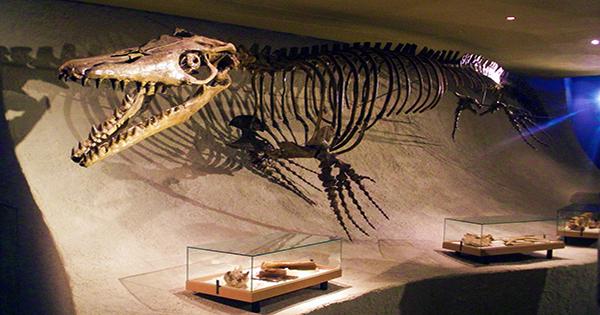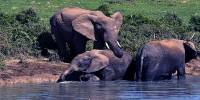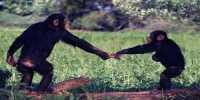Shortly before an asteroid changed everything, the Atlantic Ocean has now gathered Morocco as a large predator, the list goes on.
Even before this discovery, some paleontologists considered the East Atlantic to be the largest predatory-abundant ecosystem of all time in the late Cretaceous, so a mosquito larger than any modern shark or crocodile fits into it. Pluridens serpentis is the name of the newly discovered mosasaur in Cretaceous research, which may be a technique reminiscent of modern marine snakes, but on a completely different scale. No complete P. serpentis skeletons not been found, but the size of the skulls suggests that they have grown to 5-6 meters long (16-20 feet) long, resembling today’s largest salt-water crocodiles.
However, the pieces we have from the rest of their bodies will expect something bigger than this – probably 10 meters long (33 feet). The eyes of the Pluridens were smaller than those of other mosaics, indicating that it was hunted in shallow water where it was easier to see, or preferred to use other senses. It spreads to tiny open parts for nerves. These look like sea snakes and probably use them to detect changes in water pressure that indicate the presence of prey (hence the name P. serpentis).
They may also have the ability to detect chemical tracers in the water on their tongues. Dr Nick Longrich of the University of Bath said in a statement, “If it hadn’t used the eyes, most likely it was using its tongue to hunt like a snake.”
“Many aquatic snakes and lizards – sea snakes, filesnakes, water monitors – use chemical signals to search for their prey and shake their tongue under water. Mosasaurs were similar to whales and dolphins, so it is tempting to assume that they lived like them. But they are very different animals. They are huge lizards so they probably acted like them.” P. serpentis had many smaller teeth (comparable in size) that looked more like snakes than those close to it.















